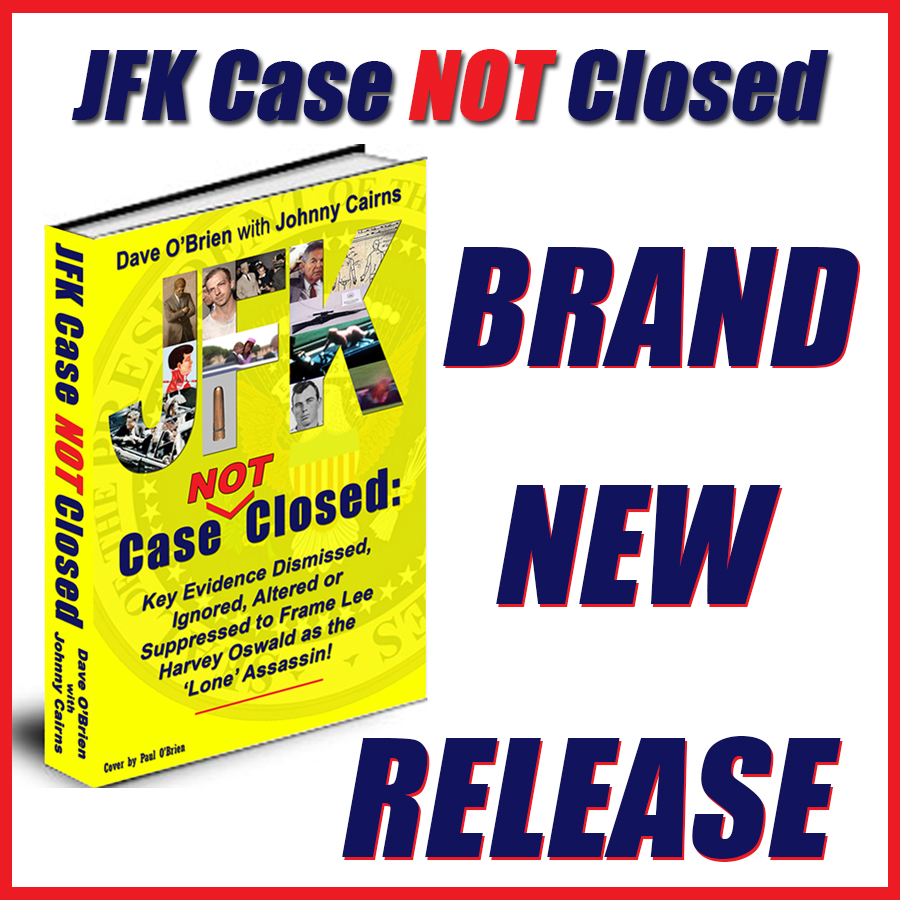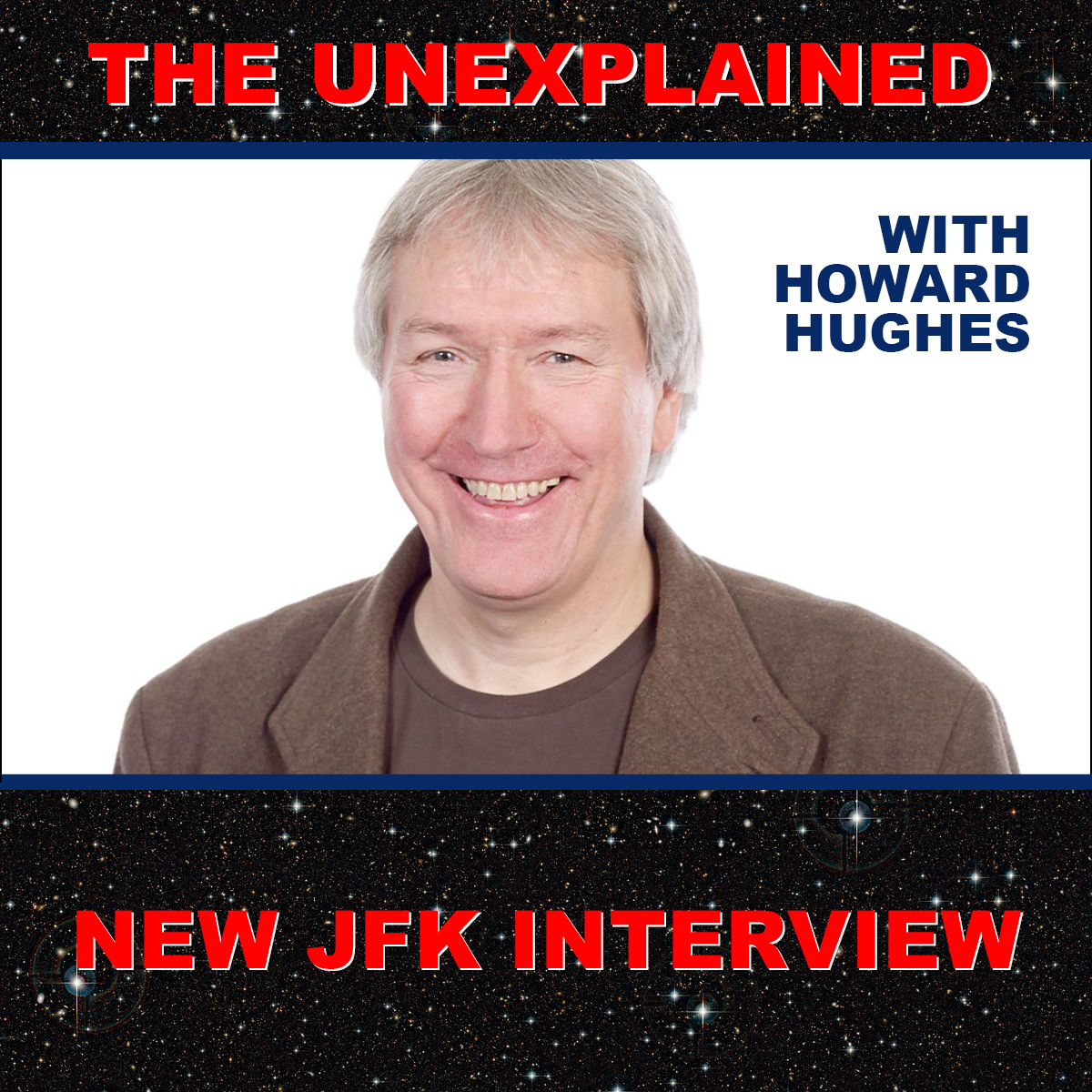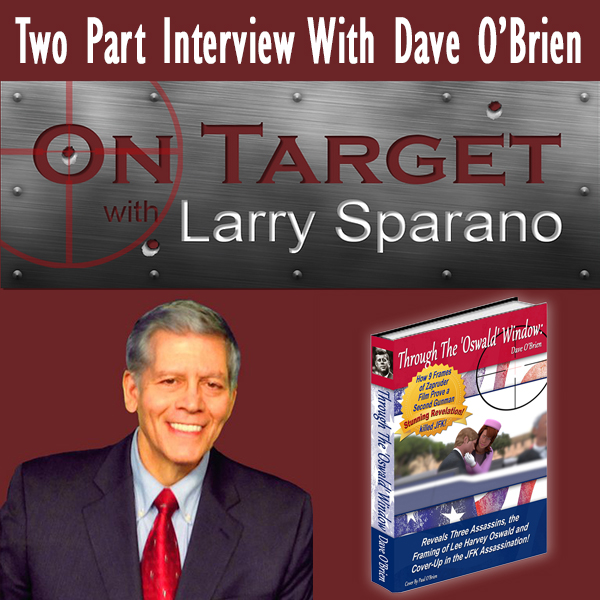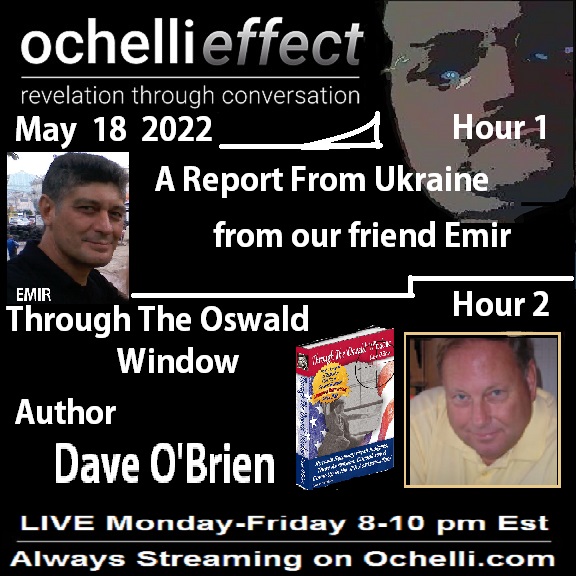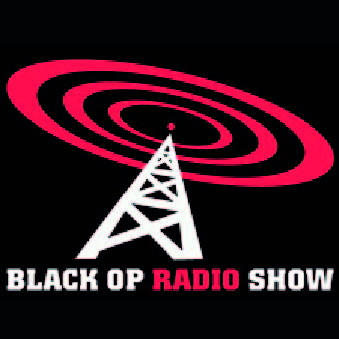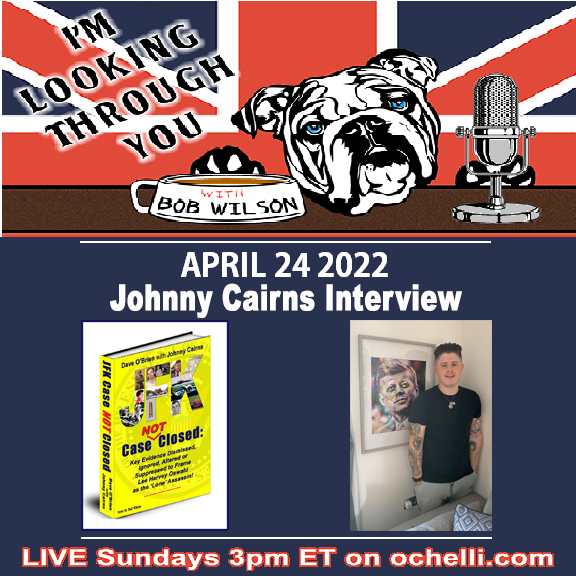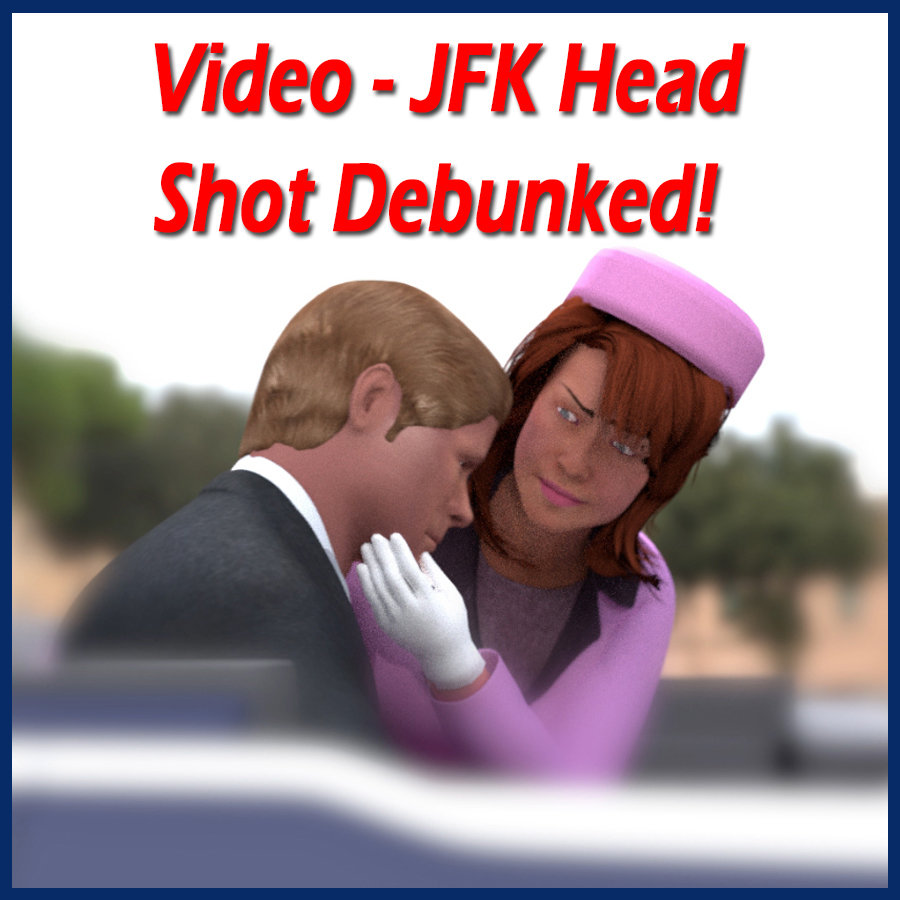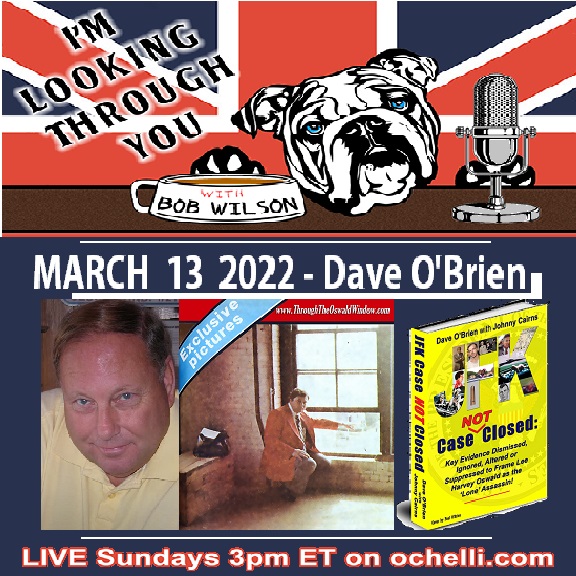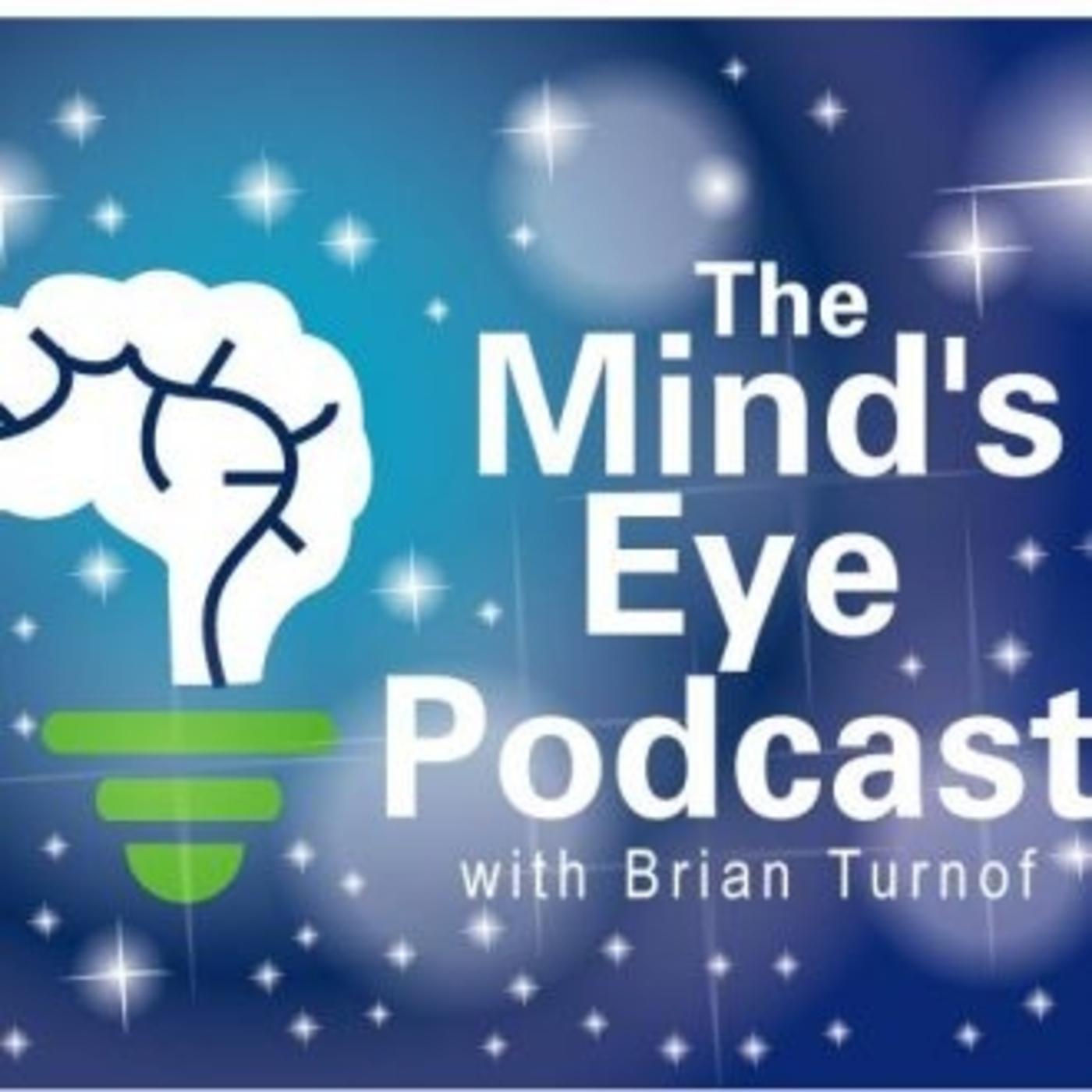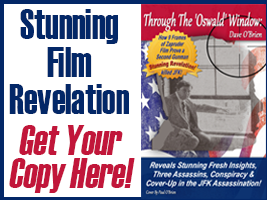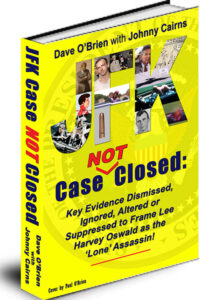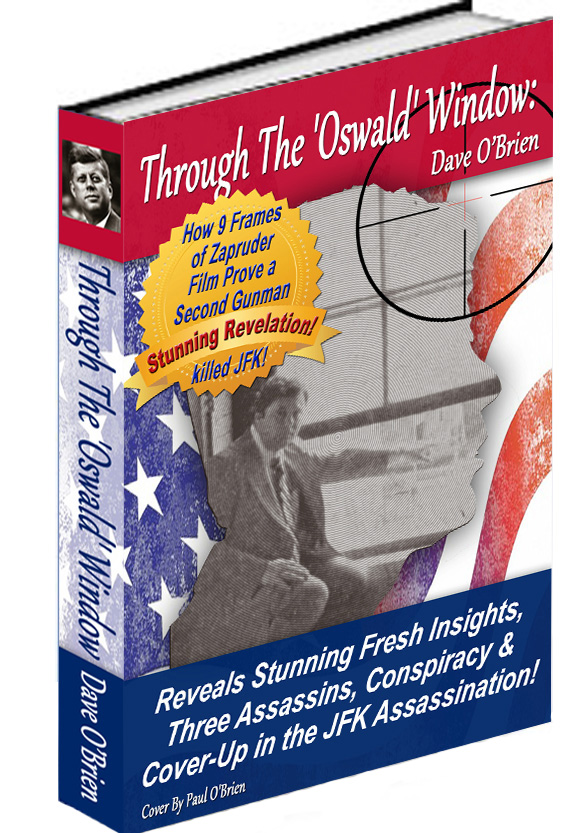Why Wasn’t Jack Ruby Present to Murder Lee Harvey Oswald at the Announced 10 a.m. Transfer Time?
by Dave O’Brien
At 10 a.m. CST, while the world was waiting to see accused President Kennedy assassin Lee Harvey Oswald being transferred from the Dallas police station to the County jail, Jack Ruby was barely out of bed.
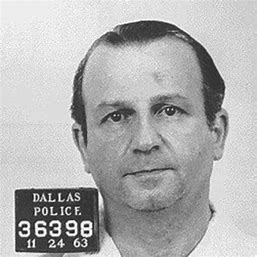
Millions of people were tuned in to the ABC, CBS or NBC at 10 a.m. for live television coverage of Oswald’s transfer. Everyone wanted a glimpse of the most hated man in America.
Jack Rubenstein (aka Ruby), a Dallas nightclub operator with known ties to local mobsters, had stalked Oswald at the police station on two separate occasions in the preceding 48 hours.
He was even spotted at Parkland Hospital within 30 minutes of the assassination by Dallas newsman Seth Kantor, who would see Ruby on occasion dolling out coffee and sandwiches at the Dallas police station.
But on November 24, 1963, Jack Ruby was not in front of his television set to see Oswald perhaps one last time before his anticipated trial.
As a night crawler due to his livelihood, Ruby was not a particularly early riser. This day would start out as any other, but it would hardly stay that way.
RENDEZVOUS WITH HISTORY
As a defiant Lee Oswald was being questioned one last time before his transfer, Ruby seemed in no hurry to take his place in the history books.
One of the many mysteries surrounding the JFK assassination pertains to the odd actions of the assassin’s assassin.
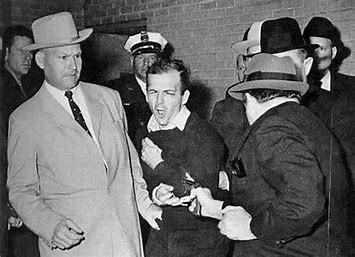
If the world media had assembled in the Dallas police station basement at 10 a.m. to report on Oswald’s transfer…
…And if the cameras of the big three networks were ready to bring live coverage of the 10 a.m. scheduled transfer of the infamous prisoner…
…Why wasn’t the emotionally distraught Jack Ruby also at the police station at 10 a.m. for possibly the last opportunity to carry out his vengeful act?
Had the transfer taken place at 10 a.m. as publicized, Ruby would have missed his rendezvous with history.
But Jack Ruby was not there. And the transfer did not happen in his absence. So, what are we to make of that?
There are two ways to look at it:
- Warren Report Says – Ruby’s absence at 10 a.m. suggests there was no premeditation on his part. The Warren Commission, which was formed because of Jack Ruby’s murder of the charged suspect, concluded that Ruby acted impulsively out of emotion and love for his fallen President. The Report claims that Ruby thought of himself as a patriot who wanted to spare Mrs. Kennedy the ordeal of having to return to Dallas to testify at Oswald’s trial.
- Conspiracy Theorists Say – If Ruby’s motive was to spare Jackie the anguish of reliving her husband’s violent death at Oswald’s trial, he would have had premeditated thoughts and actions. Jack Ruby would have gotten up early to ensure he would not miss the 10 a.m. transfer as reported in the newspapers that were strewn on his bed. He would have made sure that his revolver was loaded and ready and he would have plotted his time to make certain to be at the Dallas police station before 10 a.m.
After all, how was he to know what security obstacles awaited him at the police station? What elusive measures might he have to take to get into the basement in time?
Further, if Ruby acted out of heartbreak and his love for President Kennedy, why didn’t he:
A) Attend the motorcade as a fan two days earlier to see his beloved President?
B) Purchase tickets to attend the President’s luncheon speech at the Dallas Trade Mart which was to occur mere minutes after his limousine had passed through Dealey Plaza.
Jack Ruby did neither. So, an even more haunting question arises:
PERFECT TIMING
How did Jack Ruby know the precise revised time that Lee Harvey Oswald would be brought out to the awaiting press amongst whom Ruby was able to position himself within a few feet of his target?
The first oddity we must ponder is the time delay of Oswald’s transfer. This is an important issue because of the advertised time of 10 a.m.
Advanced notice was given as a courtesy to the press, especially the three major networks who were making history by telecasting all JFK assassination related events live on television.
With millions of Americans sitting in front of their TV’s on a Sunday morning, and all three networks set for a live broadcast, you would think that every effort would have been made to be punctual.
A 10 or 15-minute delay would be understandable.
Although the Dallas police had gone out of its way to accommodate the press all weekend under incredibly difficult circumstances, it suddenly shows no consideration for the media or a massive live TV audience?
Astonishingly, the press and national TV audience would be kept waiting for 81 minutes, until 11:21 a.m. when Oswald made his appearance!
This delay might not be an enduring controversy if an even more bizarre thing hadn’t occurred.
Exactly 80 minutes after the scheduled transfer time, at 11:20 a.m., Jack Ruby somehow casually walked past police security to take his place in history.
As if on cue, just one minute after Ruby’s arrival, prisoner Oswald is paraded out before clicking cameras and the glaring lights of live TV coverage.
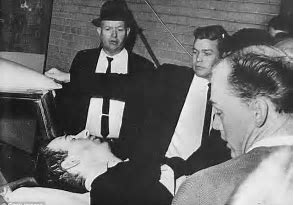
Among the media hoard is a stocky man in a dark suit and a black fedora hat. Just seconds after arriving, Jack Ruby lunges forward only a few feet and fires a single shot into his target’s abdomen.
Before a shocked nationwide audience, a shackled Oswald cries out in pain and never says another word.
The shooting becomes the only time a murder is captured live on television, making millions of people witnesses to history.
EMOTIONAL LONER OR MOB PUPPET?
When the Warren Report was released almost a year later, it’s two essential conclusions were:
1. Lee Harvey Oswald acted alone. There was no conspiracy, foreign or domestic.
2. In killing President Kennedy’s accused assassin, Jack Ruby also acted alone.
These 55 years later, Ruby’s actions on the morning of November 24 are also subject to interpretation.
Was he a man of volcanic impulse who acted alone? Or was he an obedient, calculating man who acted on the direction of others?
When we look at the last few months of freedom that Ruby lived, his phone records tell an intriguing story.
As November 22 approached, Jack Ruby’s incoming and outgoing phone calls with known mob figures increased exponentially.
This writer’s book, Through The ‘Oswald’ Window, reports that Ruby talked on the phone to several mobsters with ties to mafia kingpins Sam Giancana (Chicago), Santo Trafficante (Florida) and Carlos Marcello (Louisiana/Texas).
Some of these calls were monitored by the FBI, not because of any interest in Jack Ruby, but because of who the mobsters on the other end of the line worked for.
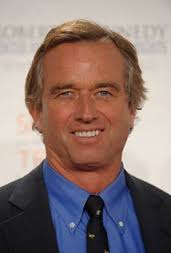
Following the assassination, a guilt-ridden Robert F. Kennedy, in his final days as Attorney General, had his investigators retrieve phone records.
In an interview in which RFK Jr. told PBS and CBS newsman Charlie Rose that his father never believed the one gunman finding by the Warren Commission, he also revealed why his father fretted that his war against organized crime may have resulted in his brother being killed.
“When they examined Jack Ruby and Lee Harvey Oswald’s phone records, they saw what was essentially an inventory of the Mafia leaders that they had been investigating for the past two years at the Justice Department,” stated RFK’s son.
In the summer months of 1963, Ruby had phone exchanges with known criminal types on 35 occasions. In October alone, those calls rose sharply to 75 and in the first 21 days of November, 96 calls between Ruby and notorious figures were made.
RUBY AND THE COPS
Whereas the Warren Commission concluded that Ruby had no ties to the mob, a second government inquiry in 1978 not only uncovered the suspicious phone calls, it asserted that Ruby’s Carousel Club was a typical mob set-up.
The House Select Committee on Assassinations connected the dots to suggest that underlings of Carlos Marcello, the top mob boss of both Louisiana and Texas, helped a destitute Jack Ruby open his Carousel Club in Dallas.
At the time, organized crime used low level thugs like Ruby to set up nightclubs and strip joints.
Booze, food and girls were an effective way to get in the good graces of cops, judges and local lawmakers.
And Ruby proved to be good at it. Not only were city cops and officials frequent gratis guests at the Carousel Club, Ruby would often be seen at the Dallas police station with bags of fresh sandwiches and coffee.
Could this be why Ruby was able to beat more than eight charges of thuggery and assault without ever having to make an appearance in court? By the assassination, Ruby was on a first name basis with upwards of 80% of the cops in Dallas, including every cop and lawmaker in the jurisdiction of his club.
This included James Leavelle, the Dallas detective in the white suit and cowboy hat seen in the famous photo of Ruby shooting Oswald. In an interview just hours after Ruby gunned down Oswald, Leavelle had this exchange with WFAA reporter Bill Lord:
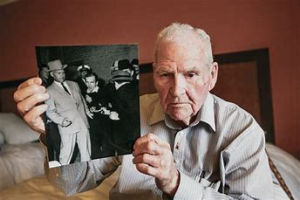
Lord – “Did you recognize him (Ruby) when he came through (to shoot Oswald).”
Leavelle – “Yes. I have known Jack Ruby for a number of years and I recognized him just as soon as he emerged from the crowd.”
SLIPPING BY SECURITY
We must ponder if Ruby’s relationship with Dallas cops, per the mafia’s playbook, is what enabled him to slip past police security. The odds are greatly enhanced knowing there was an 80% chance that Ruby was on a first name basis with any cop assigned to station security points.
With cops posted at every entrance and exit due to dozens of death threats aimed at their prisoner, the Commission insists that Ruby casually walked down a car ramp that went directly to the basement.
It’s not known if disciplinary action was handed out to the cop(s) who let Ruby turn the Dallas police basement into one of the most infamous crime scenes in history.
But for Ruby to so easily infiltrate Oswald’s ‘safe haven,’ two possibilities emerge:
1. Buddy Pass – The cop(s) posted at the street ramp knew Ruby as a friend of police and his sinister intent honestly never occurred to them.
2. Part of a Plot – The cop(s) who should have turned Ruby away didn’t because they were in on the plot to silence Oswald.
While there is no evidence to support either option, it is not possible that Ruby didn’t have to slip past police security to step into history.
TIMING IS EVERYTHING!
On the morning of November 24, he arose at 9:30. In a little under two hours, Jack Ruby would be a household name.
Yet, he showed no morning signs of overwrought grief that would cause him to lash out suddenly and violently.
Still, one of the most haunting dilemmas about the murder of President Kennedy’s accused assassin is the bizarre timing of Ruby’s rendezvous with Oswald.
As stated earlier, Jack Ruby was not present in the police basement to claim his place in history at 10 a.m. when the whole world expected to see Oswald whisked away to Country jail.
Since Ruby wasn’t there at that time, he couldn’t have known that Captain Will Fritz decided to interview his suspect one more time before proceeding with the transfer.
Even more important, since a revised time was never issued other than a last-second heads up to the press that Oswald was being brought down to the basement level, Ruby had no way of knowing when Oswald would appear…unless:
Ruby was tipped off by a police insider that Oswald was on the move!
In what can only be described as one of the most suspect coincidences of all time, here’s what happened:
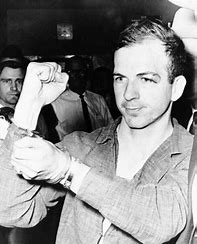
• Ruby gets a call from one of his exotic dancers, Karen Bennett, who pleads with him to wire her some money.
• Ruby obliges her and goes to a Western Union office that just happens to be across the street from the Dallas Police Station where Oswald is believed to have been turned over to the County jail more than an hour earlier.
• Ruby sends Bennett a $25 money gram. Western Union clerk Doyle Lane stamps the receipt at 11:16 a.m. Ruby stuffs the receipt in his trousers.
Even though Lane reports that Ruby acted normal and showed no signs of emotion or duress, we are asked to believe that his psyche suddenly changed as he left the Western Union office and then walked across the street to the Dallas police station.
Commission Exhibit 2020 shows the Western Union receipt for $25 that Jack Ruby wired to one of his dancers just five minutes before he shot and killed Lee Harvey Oswald.
Upon arrival, he may have stopped and engaged the cop(s) at the street ramp because several reporters in the basement testified that Ruby had arrived no more than one minute before Oswald appeared. That would be 11:20 a.m.
At 11:21 a.m., exactly 81 minutes after the expected transfer time, Oswald is paraded out before the press gathering and his awaiting assassin.
Before a stunned media assembly and a worldwide TV audience of millions, a calm and collected dark figure lunges in front of cameras and extended microphones.
A single shot takes Oswald’s life and alters history forever.
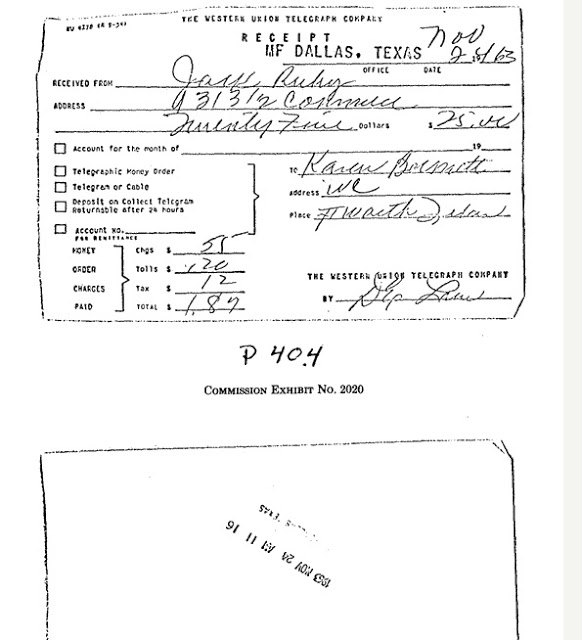
Controversy abounds to this day because Jack Ruby robbed America and Lee Harvey Oswald of a public trial.
Instead, accused assassin Oswald is denied legal representation before the Warren Commission hearings that would find him guilty as the ‘lone’ murderer of America’s 35th President.
A year later, ironically, Ruby does receive due process at a trial and is found guilty of murder. He is sentenced to death and the Commission concludes that he also acted alone.
HOW DID HE KNOW?
The key question remains:
Did Jack Ruby act out of grief-driven uncontrollable impulse when he shot Oswald? Or did he act out based on a well-planned plot in concert with others?
At the heart of the issue is the puzzling timing of Ruby’s appearance that coincided perfectly with Oswald’s delay in transfer.
Are we really to believe that Ruby’s rendezvous with Oswald was strictly due to pure coincidence?
On the other hand, in order to believe that Ruby was part of a conspiracy to silence Oswald, it is necessary, at the very least, that a police insider tipped Ruby off about the actual transfer time.
This is believable because, as we know, Ruby was well connected to police officers at the precinct where Oswald was being held.
Additionally, at the time, it was standard practice for mobsters to have cops on their ‘invisible’ payroll.
Could Ruby have executed Oswald while in police custody without an inside informer?
After being granted a re-trial, Ruby died in prison of cancer.
At trial, as well as before the Commission, he claimed to be overwhelmed with grief when he shot and killed Oswald.
But in a filmed interview between trials, Ruby makes a rambling, oddly worded statement that infers nefarious characters may have been behind his actions.
In his testimony before the Warren Commission, Ruby pleaded with Earl Warren and Gerald Ford to be transferred to Washington, claiming he could not reveal the truth while imprisoned in Dallas. His request was denied.
Like so many aspects of the JFK assassination, Jack Ruby’s killing of Lee Harvey Oswald is an enduring mystery that have conspiracy theorists in passionate disagreement with the history books.
